SODmap Mobile App
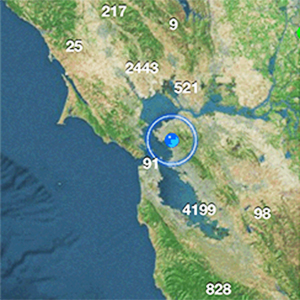
matteolab.org

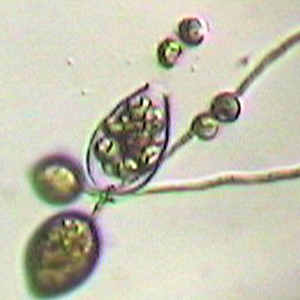
Once SOD infections have arrived, what can be done?
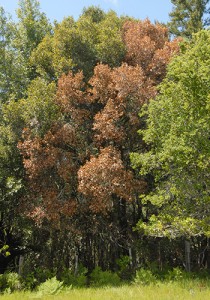
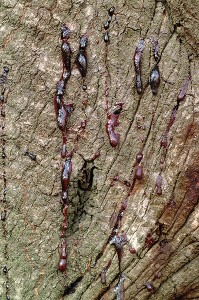
The arrival of SOD in an area may be very gradual over time or may occur in a single year. Knowledge of SOD biology and disease distribution may help you prepare for the arrival of SOD and may allow time to protect valuable trees. The SODmap Mobile app, available for iPhone and Android, is an invaluable tool for visualizing SOD infections on the ground, in real time.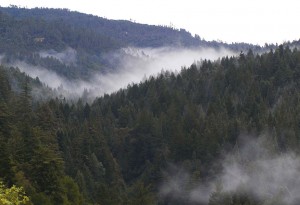
Dead oaks represent a significant hazard to people and property and increased fire hazard, however oaks that are infected by SOD and are apparently green may be equally hazardous. In SOD-infested areas, monitor closely oaks and tanoaks that are near homes, access roads, paths, yards, and play areas, and remove trees that show significant SOD symptoms and may be hazardous due to their location. Dead standing oaks, whether still green or brown represent a serious hazard for homeowners and are documented to fuel hotter fires that can kill medium sized redwoods.
UC Berkeley researchers have surveyed a large number of Coast Live Oaks, Tanoaks, and California Bay Laurels and determined that significant natural resistance to SOD is absent or very rare. However all three species have individual plants that may be more tolerant than others. Currently resistant plants are not available on the market, but several oak species (Valley oaks Blue oaks, Oregon oaks) are not susceptible to SOD.
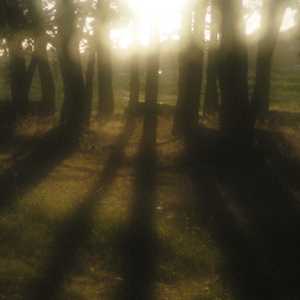

What to do before SOD arrives in your area.
To help prevent the spread of SOD in ornamental plants you purchase, ensure that they come from a facility that is regularly tested for P. ramorum. Make sure that wood from trees in SOD-infected areas is not moved to uninfected locations. Ensure that shoes, vehicle tires, and tools are free of soil and organic debris that might harbor the disease.
Careful brushing tools or air-blowing all soil and organic matter from them is normally sufficient to eliminate the risk of contagion. If driving on dirt roads during the rainy season in highly infested areas, wash the vehicle before returning home or visiting SOD-free areas. Preventative application of phosphonate compounds may help slow the spread of the disease in uninfected trees.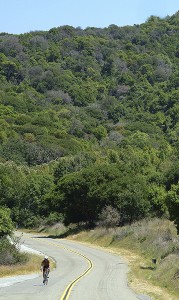
Familiarize yourself with the distribution of SOD using our SOD Disease Distribution maps, SODmap Mobile app, or OakMapper, and learn to identify early symptoms on bay laurels and tanoaks. The California Oak Mortality Task Force is a comprehensive source for the latest information on SOD. Contact your county Department of Agriculture officer for testing and participate in the SOD Blitz Survey Project held each year from April to June.
P. ramorum is dispersed aerially usually at short distances 100 yards or less, but occasionally up to 1-2 miles. Movement of infected plants or plant parts, soil, and water may lead to new infestations. The current distribution of SOD is updated on our maps each year. Only a lab test can confirm SOD and early detection of SOD is best to maximize chances of slowing its spread.

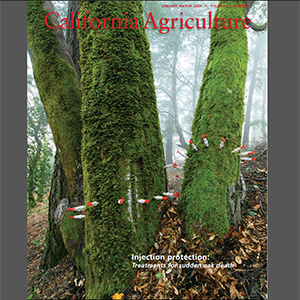
California Agriculture Vol 63, Jan-Mar 2009
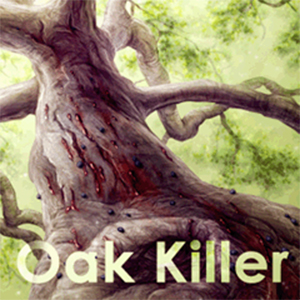
About the Author : Erin Loury
: Erin Loury
B.S. (biology) University of California, Davis
M.S. (marine science) California State University/Moss Landing Marine Laboratories
Internship: Los Angeles Times (Kaiser Family Foundation health reporting internship)
This story on sudden oak death was my final project for the graduate program in science communication at UC Santa Cruz. It was a wonderful opportunity to delve into a topic that I previously knew so little about. I was fascinated to learn about the waterborne disease organism, the role of bay laurels as carriers, and the ability to protect a tree with Agri-fos. I am very thankful to Matteo Garbelotto for making this story possible. Matteo’s willingness to talk at length about the disease was crucial in helping me develop my understanding. My eye-opening trip into the field to see sudden oak death up close also helped me frame the story. I greatly enjoyed attending a SOD Blitz to record material for the podcast that accompanies the story. Reporting and writing this feature has helped deepen my appreciation for the beauty, fragility, and importance of oak trees.
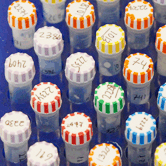
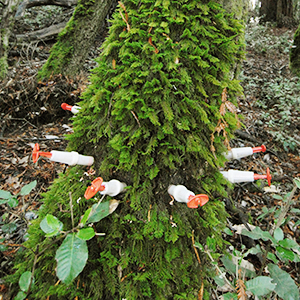
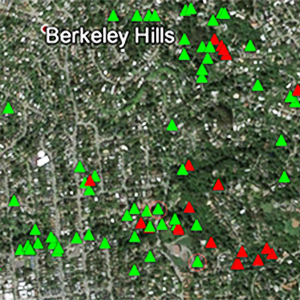
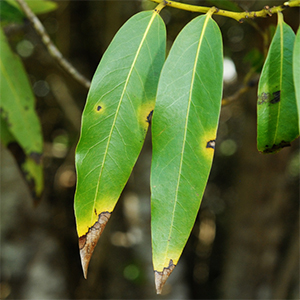
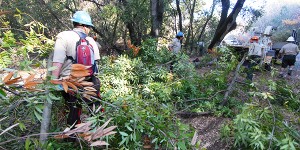
Selective removal and pruning of California bay laurel (Umbellularia californica) trees as a strategy to protect oaks and tanoaks from SOD infection.
For oaks between 3″ (8cm) and 32″ (80cm) diameter at breast height (DBH), remove small and medium sized bay laurels for a distance of 30ft (10m) around the tree. If large bays are present it may be useful to prune large branches that fall within the 30ft (10m) buffer zone. For oaks larger then 32″ (80cm) DBH, increase the bay-free buffer zone to 50-65 ft (15-20m).
Bays are persistent landscape plants that re-sprout quickly and produce lateral tillers in abundance. As a result they are difficult to remove permanently. Useful techniques include adding a spreader to the herbicide or applying the herbicide with a “hack and squirt” technique (see links below). For best results, apply the herbicide when the tree is alive, wait approximately a month for the chemicals to be distributed throughout the tree, killing the roots, and then cut it down
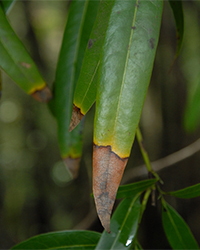
Managing the presence of bays, the primary carrier of P. ramorum, around high-value oaks and tanoaks can reduce the number of infectious spores in the environment. However, bays are important species in their own right and care must be taken not to disrupt their role in the environment, particularly along streams where they are particularly important.